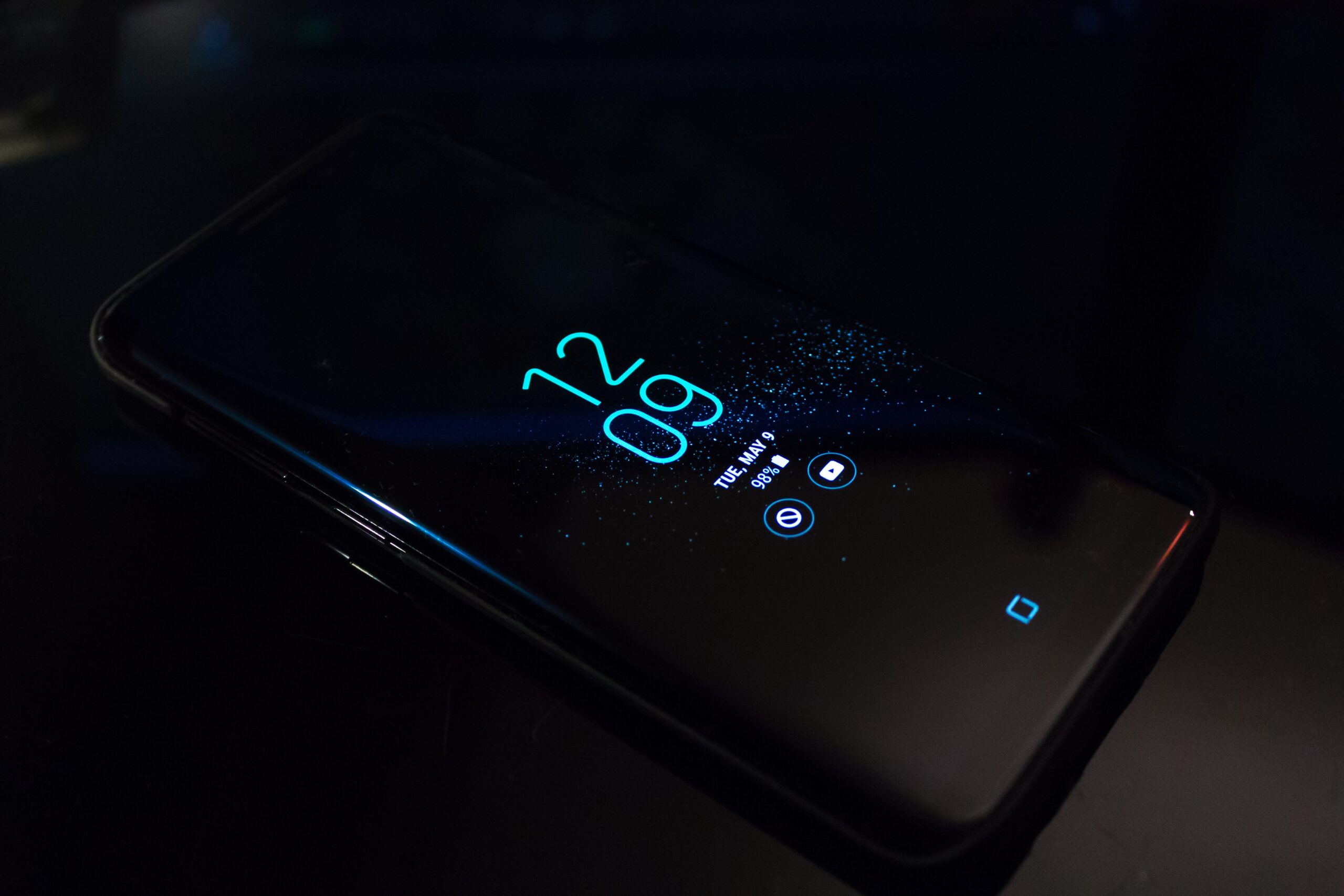The advent of smartphones brought about a revolution in the way we communicate, access information, and interact with technology. In the realm of Android, one device holds the distinction of being the trailblazer—the first-ever Android phone. Today, we delve into the fascinating story behind the birth of the inaugural Android device that set the stage for a new era in mobile technology.

The HTC Dream (T-Mobile G1):
In September 2008, the HTC Dream, also known as the T-Mobile G1 in the United States, emerged as the very first commercially available Android phone. Manufactured by HTC Corporation in collaboration with Google, the HTC Dream embodied the vision and innovation behind the Android operating system.
Key Features and Significance:
The HTC Dream showcased several groundbreaking features that set it apart from other smartphones of its time. Some of its notable attributes included:
-
Slide-out QWERTY Keyboard: The HTC Dream sported a unique design with a slide-out physical QWERTY keyboard, offering users a tactile typing experience alongside its touchscreen functionality. This feature catered to those who preferred the traditional keyboard input method.
-
Touchscreen Interface: Equipped with a 3.2-inch touchscreen, the HTC Dream introduced a user-friendly interface that allowed users to navigate the phone’s features and applications with ease. It laid the foundation for the intuitive touch-based interactions that have become standard in modern smartphones.
-
Android OS: The HTC Dream operated on Android 1.0, also known as Android Cupcake, which was the first official release of the Android operating system. Android’s open-source nature and customization options were present from the start, offering users the ability to personalize their device to suit their preferences.
-
App Marketplace: The HTC Dream also marked the debut of the Android Market (now known as Google Play Store), which provided users with a centralized platform to download and access a growing collection of apps and games. This ecosystem laid the groundwork for the expansive app ecosystem that Android users enjoy today.
Impact and Legacy:
The launch of the HTC Dream represented a significant milestone in the history of mobile technology. It not only introduced consumers to the Android operating system but also showcased the potential of an open-source mobile platform. The HTC Dream paved the way for subsequent Android devices, sparking a wave of innovation and competition in the smartphone market.
Android’s ascendancy in the years following the HTC Dream’s release can be attributed to its continuous development, growing app ecosystem, and its ability to cater to a wide range of devices and manufacturers. Today, Android dominates the global smartphone market, powering countless devices and providing users with a versatile and customizable mobile experience.
Conclusion:
The HTC Dream, known as the T-Mobile G1, holds the distinction of being the first Android phone, heralding the beginning of a new era in mobile technology. Its innovative features, including a physical keyboard and touchscreen interface, along with the introduction of the Android operating system and app marketplace, laid the foundation for the tremendous growth and success of Android in the years to come. As we look back on the humble beginnings of the HTC Dream, we recognize its instrumental role in shaping the trajectory of smartphones and setting the stage for the Android revolution. Its legacy lives on in the diverse array of Android devices that continue to captivate users with their capabilities, versatility, and user-friendly experiences.